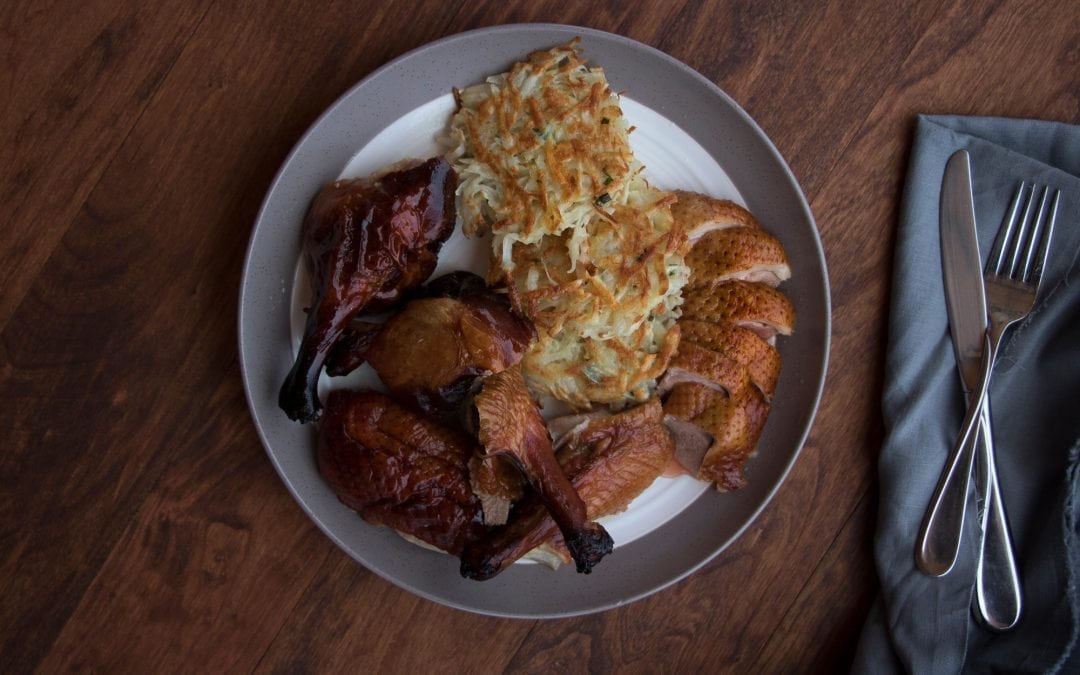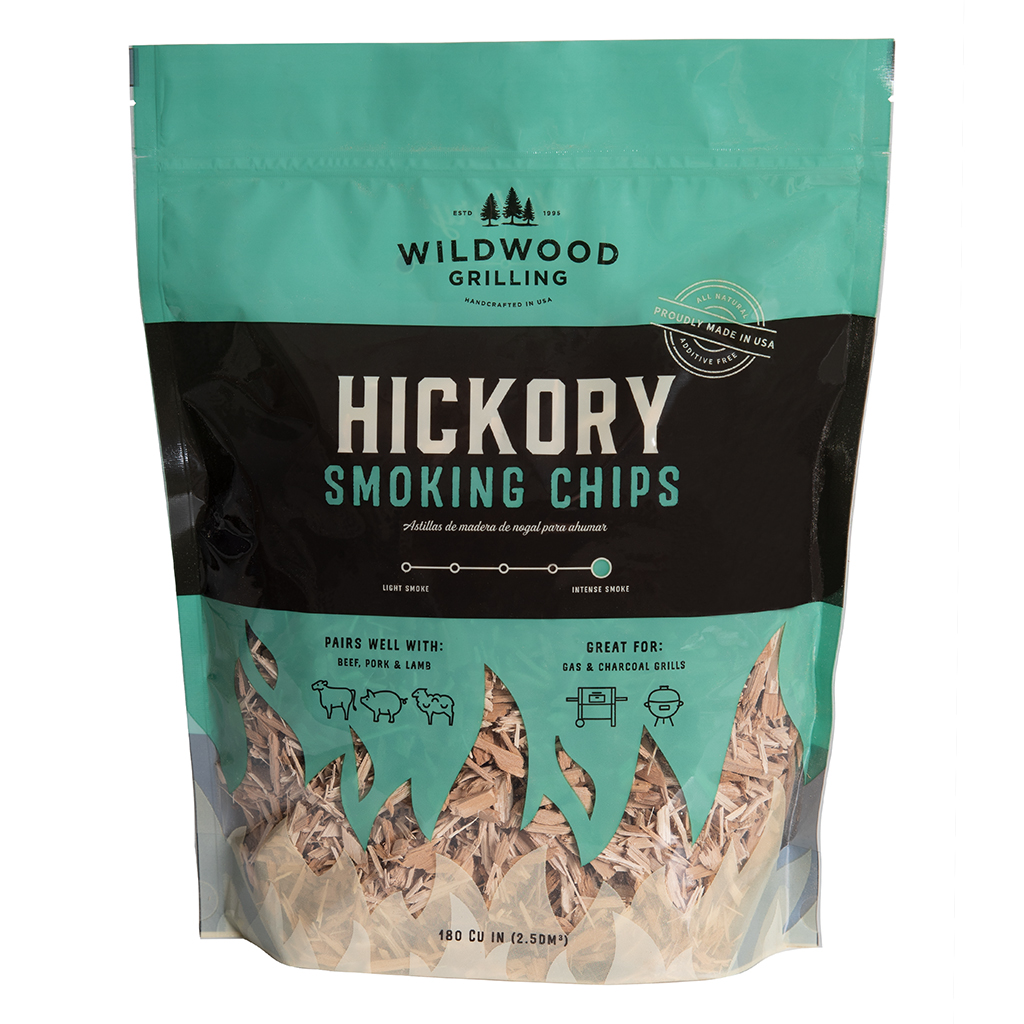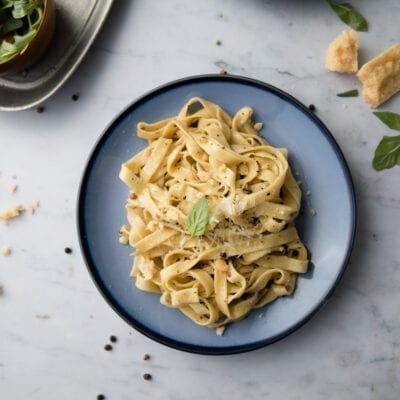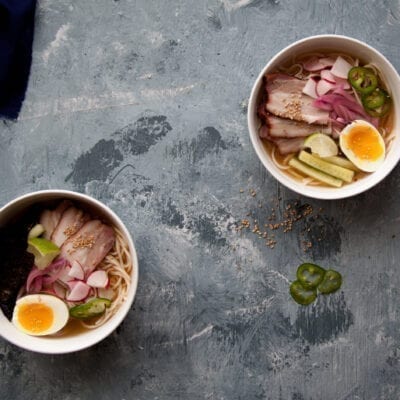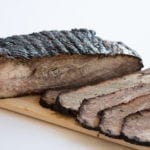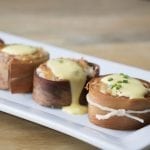In most European grocery stores you will see duck in the meat aisle, on display right next to the chicken. Due to its fat content, duck can be a little more forgiving than chicken.
During my years of culinary training, traveling and working in kitchens, I found that I had very little experience in the world of Asian cuisine.
Traveling to that side of the world was not an option at the time, so I did my best to gain some skills in local restaurants. I was living in Southern England at the time, and picked up a sous chef position in a local Pub called the Rising Sun Thai Tavern in the town of Poole.
The concept of a Thai-style pub was totally new to me, and I was thrilled to add some new skills to my repertoire.
My new head chef Ian, who is still a great friend of mine, was the total opposite of the militarian German chef I had recently cooked under.
Ian was even-keeled and worked tremendously hard. He lived upstairs from the kitchen and worked at least 16 hours a day.
I remember my first day in his kitchen when I accidentally knocked over a bottle of fish sauce. It fell into an open chest freezer, and immediately froze to everything. Fish sauce is delicious as a seasoning in small amounts, but some would say it smells terribly. I was extremely surprised not to get a severe scolding. Ian and I worked side-by-side on the wok range.
At the Rising Sun, we had all our seasonings in front of us, and all the other ingredients behind us. We would use large ladles to transfer our ingredients to the wok.
A typical dish would go something like this: get the wok smoking hot and add some oil, immediately add some vegetables and protein, next add some chilis, stock, noodles, soy sauce and fish sauce to season, taste and adjust the seasoning. The food in the wok needs to be constantly tossed to avoid burning.
After the dish is plated and garnished, we would add a ladle full of water to the wok, scrub it clean, then fire it up and go again. It was incredibly fast-paced; we were able to get a dish on a plate in less than 2 minutes.
My favorite dish that we served was Aromatic Duck with pancakes, hoisin sauce, green onions and cucumber. It was very simple, but the duck was out-of-this-world delicious. We used to get our duck pre-prepared and for service all we did was get it super crispy, and shred it up.
For the following recipe, I decided to try and duplicate this dish with an Idaho twist.
I decided to prepare the duck from scratch using traditional Chinese methods. The results are worth it, but be warned, this recipe is complex and takes several days.
We want the duck to very flavorful, but the most distinguishing feature of traditional pekin duck is the almost glass-like, amber-colored crispy exterior. If you can get a fresh duck, your duck will be that much crispier.
Day 1 and 2: Season and Dry
Day 1 Ingredients:
- 1 Whole Duck, head or neck on
- 2 Tbsp. Ginger
- 1 Tbsp. Garlic Powder
- 1 Tbsp. Dry Mustard
- ½ cup and 2 Tbsp. Kosher Salt
- 1 Tbsp. White Pepper
- ½ cup Brown Sugar
- 1 ½ cup Dark Soy Sauce, divided
- ¾ cup Honey, divided
Chef's Note
This recipe is more of a project than a meal, but there are some great techniques to be learned. It is worth the commitment, but it does take time and patience, so don’t say I didn’t warn you!
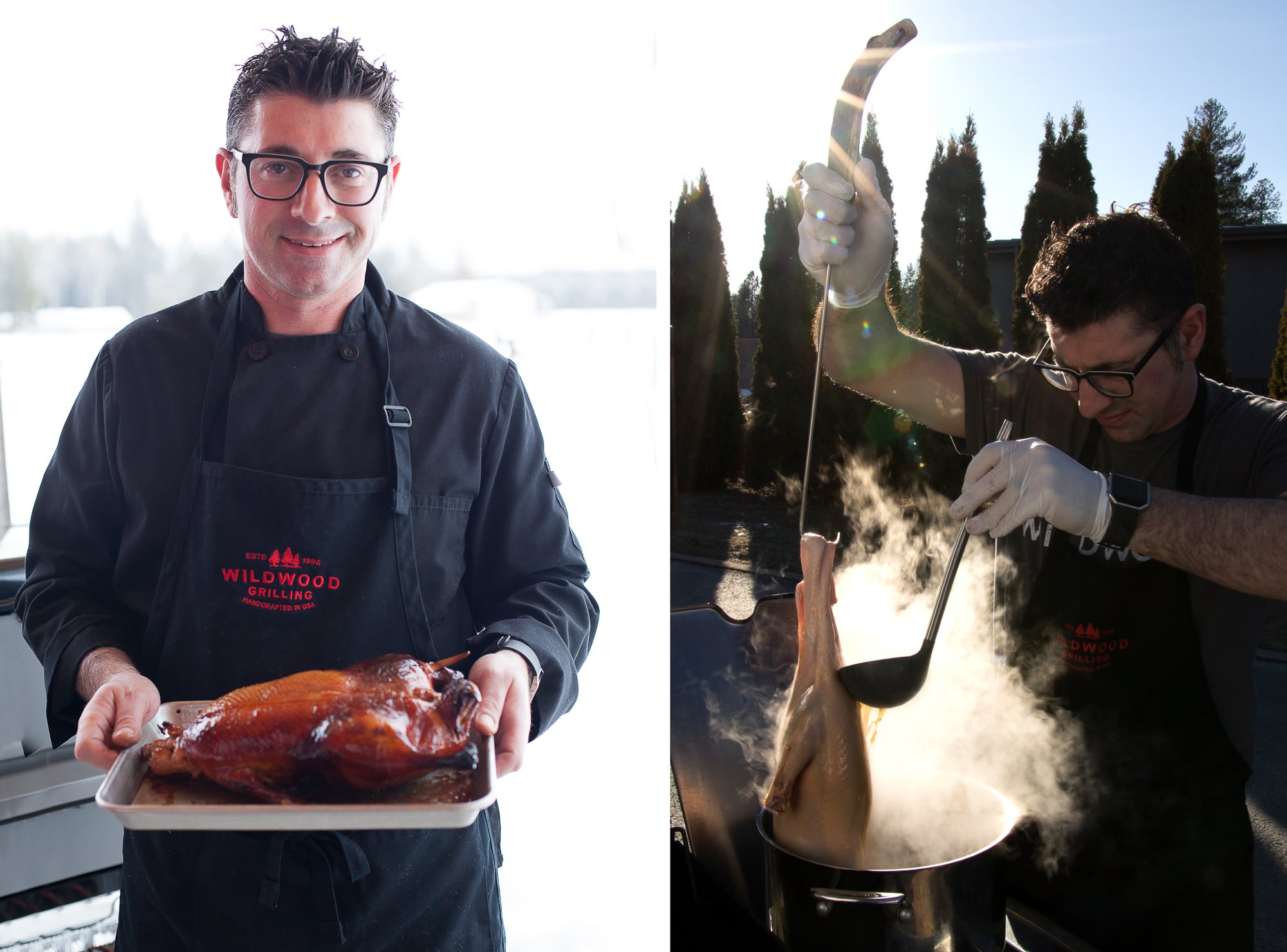
- Remove any giblets from the inside of the duck, and use a pair of tweezers to remove any remaining feathers.
- Combine the ginger, garlic, mustard, 2 Tbsp. of salt, pepper and ¼ cup of honey.
- Liberally season the inside cavity with the seasoning mixture.
- Thread a skewer through the skin to seal the neck cavity shut.
- In order to achieve maximum crispiness, the skin needs to be separated from the meat, so it dries out more effectively. This can be done with an air compressor. We used a portable compressor designed for car tires. After sanitizing the nozzle, insert it in-between the skin and meat at the tail end of the duck. Use a towel to hold the nozzle in place and as you begin to inflate the duck, you will see the skin stretch and pull away from the bird. Turn the duck over and repeat on the other side. Be careful not to over inflate the duck, which could tear the skin.
- Bring 2 quarts of water to a boil, and add the rest of the salt, brown sugar, and 1 cup of soy sauce. Stir to dissolve.
- Hold the bird by the neck and suspend it over the boiling liquid.
- Use a large ladle to pour the hot liquid over the bird for several minutes, being careful not to pour any into the cavity. This process allows the skin to tighten back up.
- Warm up the remaining soy sauce and honey.
- While still holding the duck by the neck, liberally brush the sticky mixture all over the duck. Wait 10 minutes, then repeat the process. Use a skewer to push the legs apart and stretch the skin.
- This next part may require some creativity in the fridge. For the duck to dry properly, it should be hung by the neck for at least 2 days. I cleaned out the fridge at the office and hung the duck by the neck using some zip ties, much to the dismay of some of my colleagues.
- Place a tray under the bird to catch any drips. If you are unable to hang the duck, set it over a baking dish using some Cedar Skewers to keep it from touching the bottom of the pan. More air exposure makes for crispier skin later.
Day 3: Smoke the Duck
After the duck has dried for at least 2 days, it’s time to smoke it.
Ingredients:
- 2 cups Hickory Smoking Chips
- 2 quarts Vegetable Oil
Directions:
- The duck will have released some moisture by now, and cutting an incision in the tail will release even more.
- Set up a cold smoker and add ½ cup of Hickory Smoking Chips. Set the duck over a pan using skewers to keep it off the bottom.
- Smoke the duck for 2 hours, adding more chips every 30 minutes.
- Preheat the grill to 300°F and set it on the grill, and close the lid. When the duck reaches an internal temperature of 130°F, remove it from the grill. The duck will now be a dark amber color.
To Finish The Duck
This final step gives the duck its crispy skin.
- Place 2 quarts of oil in a deep pot and heat the oil to 350°F.
- Hold the duck by the neck over the pot, and ladle the hot oil over the bird for several minutes. Set aside to drain.
- Carve the bird by removing the breasts, wings and legs and remove any remaining skin.
- Serve the crispy duck with the potato pancakes and BBQ sauce (recipes below).
Huckleberry BBQ Sauce
This can be done in advance and makes about 2 cups. If you can’t find huckleberries you can use blueberries, or substitute a store-bought BBQ sauce.
Ingredients:
- ½ cup Huckleberries
- 2 cups Tomato, diced and seeds removed
- ½ cup Apple Cider Vinegar
- ½ cup Dark Brown Sugar
- 1 Small Onion, diced
- 1 Tbsp. Olive oil
- 2 tsp. Salt
- 1 tsp. Dry Mustard
- 1 tsp. Pepper
Directions:
- Saute the onion in the oil until soft.
- Add all remaining ingredients except the berries, cover and gently simmer for 1 hour.
- Remove from the heat and add the berries. Coarsely puree the sauce and cool.
Potato Pancakes
Ingredients:
- 2 Russet Potatoes
- 1 White Onion
- 1 Egg
- ½ cup Four
- 1 Green Onion, sliced
- 1 pinch each Salt and Pepper
Directions:
- Use a cheese grater to shred the potatoes and onion.
- Place the mixture on a clean towel, and twist down to squeeze out the water. Place in a mixing bowl.
- Add the remaining ingredients and mix well.
- Preheat a saute pan and add some oil.
- Form the mixture into about 8 very flat even sized patties.
- Fry the pancakes until golden on the outside and soft in the middle.
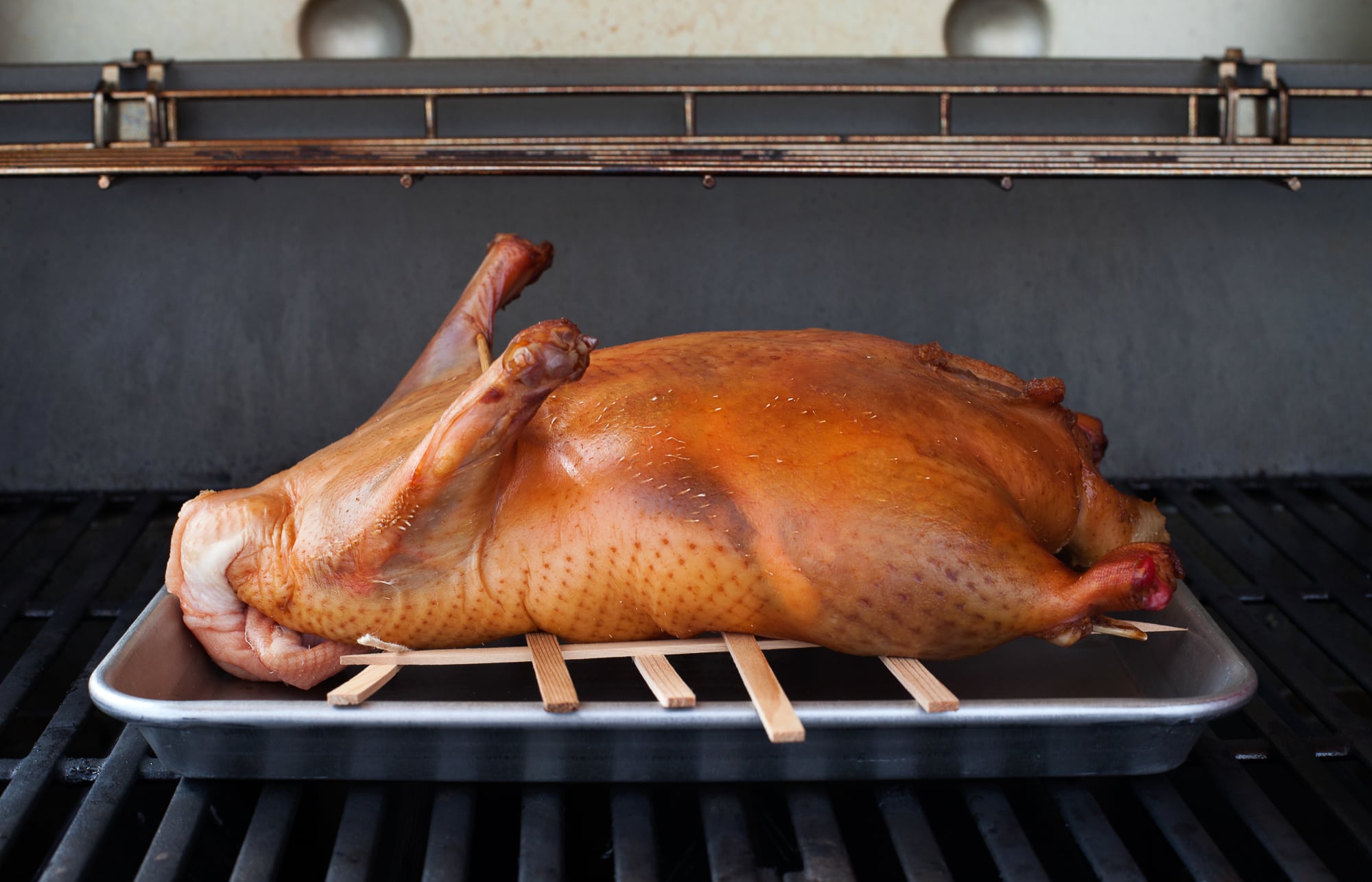
Used in this recipe:

